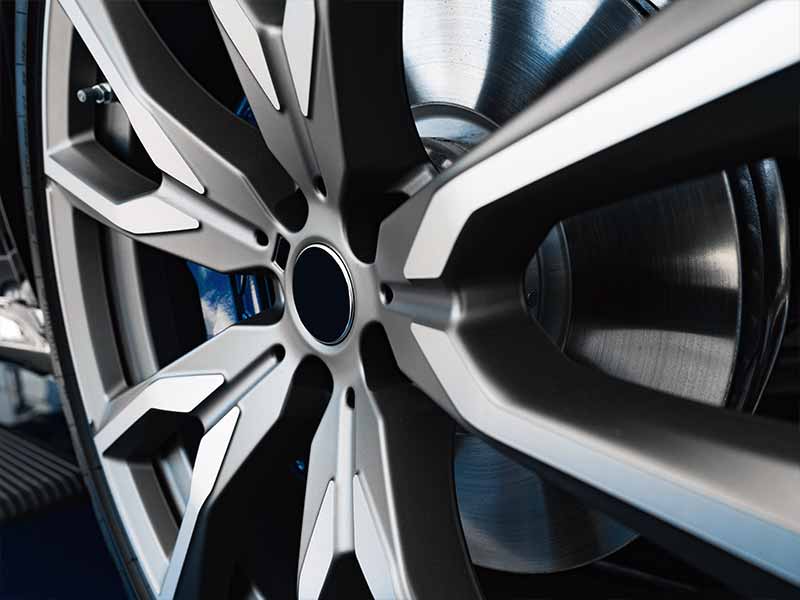Have you ever wondered why those sleek, larger wheels might be costing you more at the gas pump? It’s a question that intrigues many car enthusiasts and practical drivers alike.
Why Do Larger Wheels Reduce Range?
Larger wheels can reduce a vehicle’s fuel economy because they often increase rolling resistance, aerodynamic drag, and put more strain on the engine and transmission, leading to higher fuel consumption.
In this article, you’ll gain a comprehensive understanding of how larger wheels impact fuel efficiency, the physics behind it, and practical advice for balancing style, performance, and economy in your vehicle.
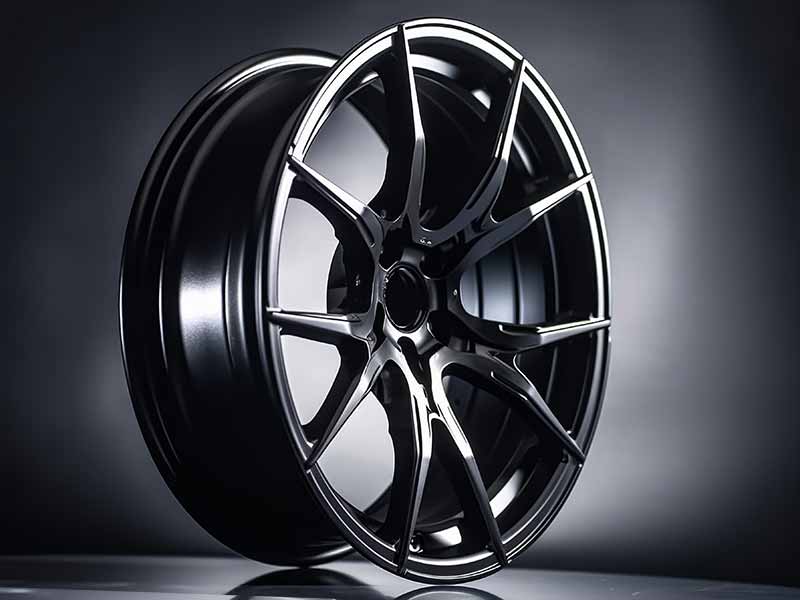
The Physics Behind Wheel Size and Fuel Economy
Now that we’ve got a handle on what makes up a wheel, let’s delve into the nitty-gritty of how wheel size plays a pivotal role in your car’s fuel economy. It’s all about the interplay of physics, mechanics, and a bit of automotive magic.
Rolling Resistance: The Invisible Force
- What is it?: Imagine rolling resistance as a sort of invisible hand gently pressing against your tires. It’s the force that your car needs to overcome to keep moving forward.
- Bigger Wheels, Greater Resistance: Larger wheels often mean heavier tires, which increases rolling resistance. More resistance? More power needed to keep those wheels turning.
The Weight Factor
- Heavier Wheels: It’s not just about size, but also weight. Larger wheels are typically heavier, adding more weight to your vehicle.
- Impact on Fuel Efficiency: Heavier cars need more energy to move and maintain speed. This means your engine works harder, leading to higher fuel consumption.
Aerodynamics and Wheel Size
- Bigger Wheels, More Drag: Larger wheels can protrude more and alter the airflow around your vehicle. This can increase aerodynamic drag.
- Why Aerodynamics Matter: Better aerodynamics mean your car can slice through the air more easily, using less energy – and by extension, less fuel.
Gear Ratio and Engine Load
- Altering the Gear Ratio: Larger wheels can effectively change the gear ratio of your vehicle. This can mean your engine runs at higher RPMs for the same speed, using more fuel.
- Increased Engine Load: More effort to turn larger wheels equals more work for your engine. And yes, you guessed it – more fuel burned.
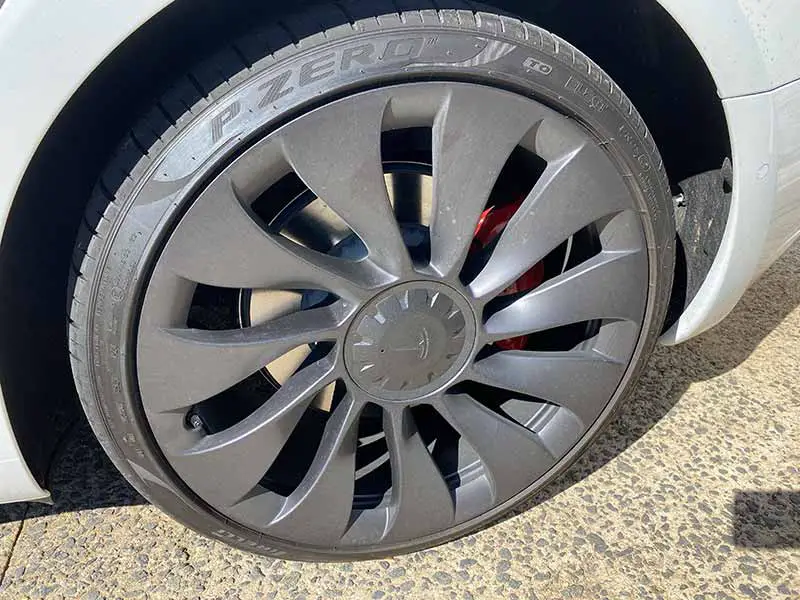
Aerodynamics and Wheel Size
As we cruise into the realm of aerodynamics, it’s crucial to understand how the size of your wheels can literally change the way your car cuts through the air. This isn’t just about speed and style – it’s about efficiency and economy.
Understanding Aerodynamic Drag
- What is Aerodynamic Drag?: Think of it as the air’s resistance against your moving car. It’s like swimming through water; the less resistance, the easier it is to move.
- Role of Wheels in Drag: Wheels, especially larger ones, can disrupt the smooth flow of air around your vehicle, increasing drag.
Larger Wheels and Air Resistance
- Increased Exposure: Bigger wheels stick out more, catching more air and thereby increasing resistance.
- Effect on Fuel Economy: Higher air resistance means your engine has to work harder to maintain speed, leading to higher fuel consumption.
The Design Dilemma
- Aesthetics vs. Efficiency: There’s often a trade-off between the sleek look of large wheels and the aerodynamic efficiency of smaller, more tucked-in wheels.
- Making an Informed Choice: It’s about balancing what looks good with what’s practical for your fuel budget.
Practical Tips
- Opt for Aerodynamic Designs: If you’re set on larger wheels, look for designs that minimize air disruption.
- Regular Maintenance: Keeping your wheels and tires in top shape can help mitigate some aerodynamic disadvantages.
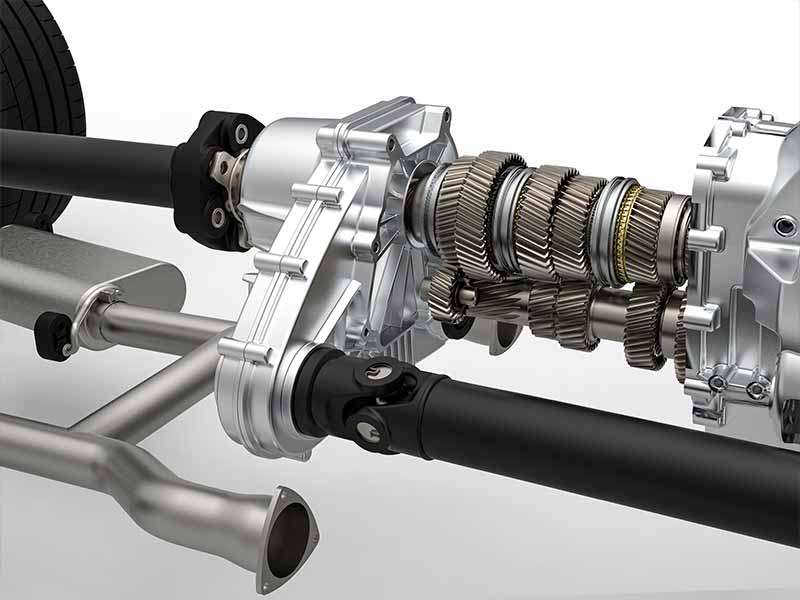
The Impact of Wheel Size on Engine and Transmission
Diving deeper into the mechanics of your vehicle, let’s explore how upsizing your wheels affects the engine and transmission. This is where the rubber literally and figuratively meets the road in terms of performance and fuel economy.
Changing the Gear Ratio Dynamics
- Gear Ratio Explained: Simply put, the gear ratio is the relationship between your engine’s RPM (revolutions per minute) and the speed at which your wheels turn.
- Effect of Larger Wheels: Larger wheels can alter this ratio, making your engine work harder at higher RPMs for the same speed, compared to smaller wheels.
Increased Strain on the Engine
- Harder Work for the Engine: With larger wheels, your engine has to exert more effort to turn them, especially during acceleration and uphill driving.
- Fuel Efficiency Consequences: This extra effort translates to more fuel burned, reducing overall fuel economy.
Transmission Wear and Tear
- Additional Stress on Transmission: The transmission, responsible for transferring power from the engine to the wheels, also feels the strain of larger wheels.
- Long-Term Impacts: Over time, this can lead to increased wear and tear on the transmission system, potentially leading to more frequent maintenance needs.
Balancing Performance and Economy
- Performance Benefits: It’s worth noting that larger wheels can enhance handling and stability, offering a performance advantage.
- Economic Trade-offs: However, these benefits come with the trade-off of increased fuel consumption and potential for greater maintenance costs.
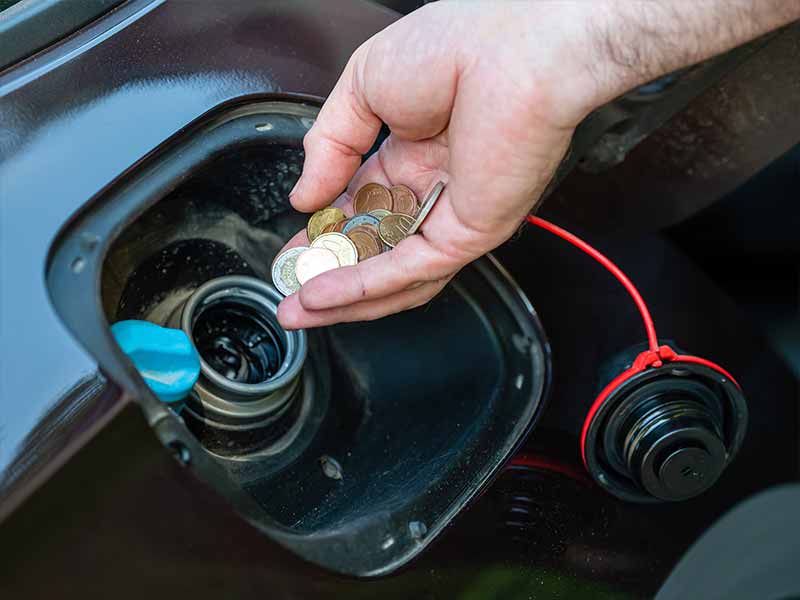
Real-World Implications for Fuel Economy
Having explored the technical aspects, it’s time to connect the dots and see how larger wheels affect fuel economy in real-world driving scenarios. This section is all about translating theory into practical, everyday understanding.
The Bigger Wheel Equation in Daily Driving
- Increased Fuel Consumption: In day-to-day driving, cars with larger wheels generally consume more fuel, a direct result of factors like increased rolling resistance, weight, and aerodynamic drag.
- Noticeable at the Pump: This increased consumption can become evident in more frequent visits to the gas station and higher fuel expenses over time.
Comparing Vehicles with Different Wheel Sizes
- Fuel Economy Variations: If available, comparing fuel economy data from vehicles with different wheel sizes provides concrete evidence of the impact.
- Case Studies: Look for studies or consumer reports that detail fuel consumption differences in similar models with different wheel size options.
The Cost-Benefit Analysis
- Calculating Long-Term Costs: Consider the long-term financial implications of choosing larger wheels, factoring in not just fuel costs, but also potential increases in maintenance expenses.
- Performance vs. Economy: Weigh the performance benefits of larger wheels against the economic impact of reduced fuel efficiency.
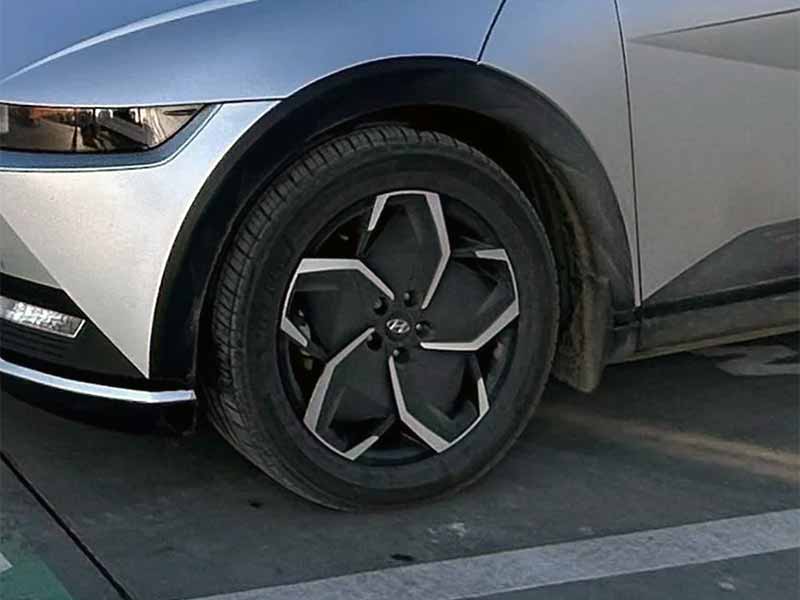
Counterpoints and Considerations
While we’ve focused on how larger wheels can reduce fuel economy, it’s important to acknowledge the other side of the coin. This section will explore the potential benefits of larger wheels and the trade-offs involved in choosing wheel size.
The Upsides of Larger Wheels
- Improved Handling and Stability: Larger wheels can offer better handling, especially at higher speeds, and contribute to a more stable ride.
- Aesthetic Appeal: There’s no denying the visual appeal of larger wheels. They give vehicles a more aggressive, sporty look that many drivers prefer.
Weighing Performance Against Economy
- Handling vs. Fuel Efficiency: The decision often comes down to prioritizing improved handling and aesthetics over fuel economy. It’s a personal choice based on individual preferences and driving needs.
- The Cost of Style: Be aware that the aesthetic and performance benefits of larger wheels come with the cost of potentially higher fuel consumption and increased wear on vehicle components.
The Middle Ground
- Moderation in Sizing: Choosing a wheel size that is slightly larger than standard can offer a balance between the benefits of larger wheels and maintaining reasonable fuel economy.
- Advanced Wheel Technologies: Some manufacturers are developing lighter, more aerodynamic wheel designs that minimize the negative impact on fuel economy.
Contextual Considerations
- Vehicle Type and Use: The impact of wheel size can vary depending on the type of vehicle and its primary use. For example, trucks used for towing might benefit more from larger wheels compared to a compact city car.
- Road Conditions: In areas with rougher road conditions, larger wheels might offer a more comfortable driving experience, despite the fuel economy trade-off.
Resources
Below are some links you may find helpful when learning about tires:
- What difference does wheel size make? – Cars.com
- Can we please just go back to using smaller wheels and tires? – Ars Technica
Final Thoughts
Factors like increased rolling resistance, greater aerodynamic drag, and additional strain on the engine contribute to higher fuel consumption. Balancing these aspects is key.
Consider the type of driving you do, the conditions you drive in, and what you value most in your vehicle.
Good luck and happy motoring.
